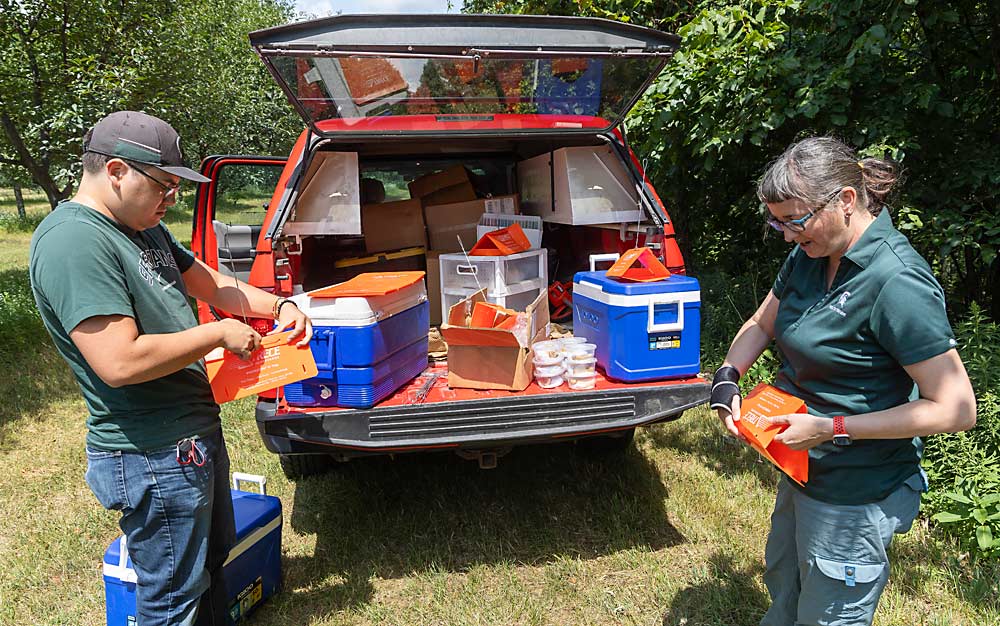
Two of spotted wing drosophila’s ancient enemies have followed it to North America and are slowly building up populations in U.S. fruit regions, with some nudging from entomologists. Whether or not their numbers will grow large enough to help manage SWD populations remains to be seen — but the entomologists are hopeful.
“It’s really exciting, because the more natural enemies we have, the better chance they will start to suppress this pest,” said Michigan State University entomology professor Julianna Wilson.
The two wasps — Ganaspis brasiliensis (known as the samba wasp) and Leptopilina japonica (known as the ronin wasp) — coevolved with SWD in Asia and are particularly good at parasitizing the invasive fruit fly that’s become a major pest of berries and cherries in North America. Both wasps have been found in the wild in parts of the U.S. in recent years, and they have also been approved for scientists to rear and spread through managed releases.
Evidence suggests the wasps are up to their old tricks against SWD in these new locations.
MSU entomologists released 39,000 samba wasps at 30 fruit sites throughout Michigan in 2023, the first year they were able to rear the parasitoid in large numbers. They recovered samba wasps in at least five of those sites later in the season, which means some of them are surviving long enough to find SWD larvae and develop a new generation, Wilson said.
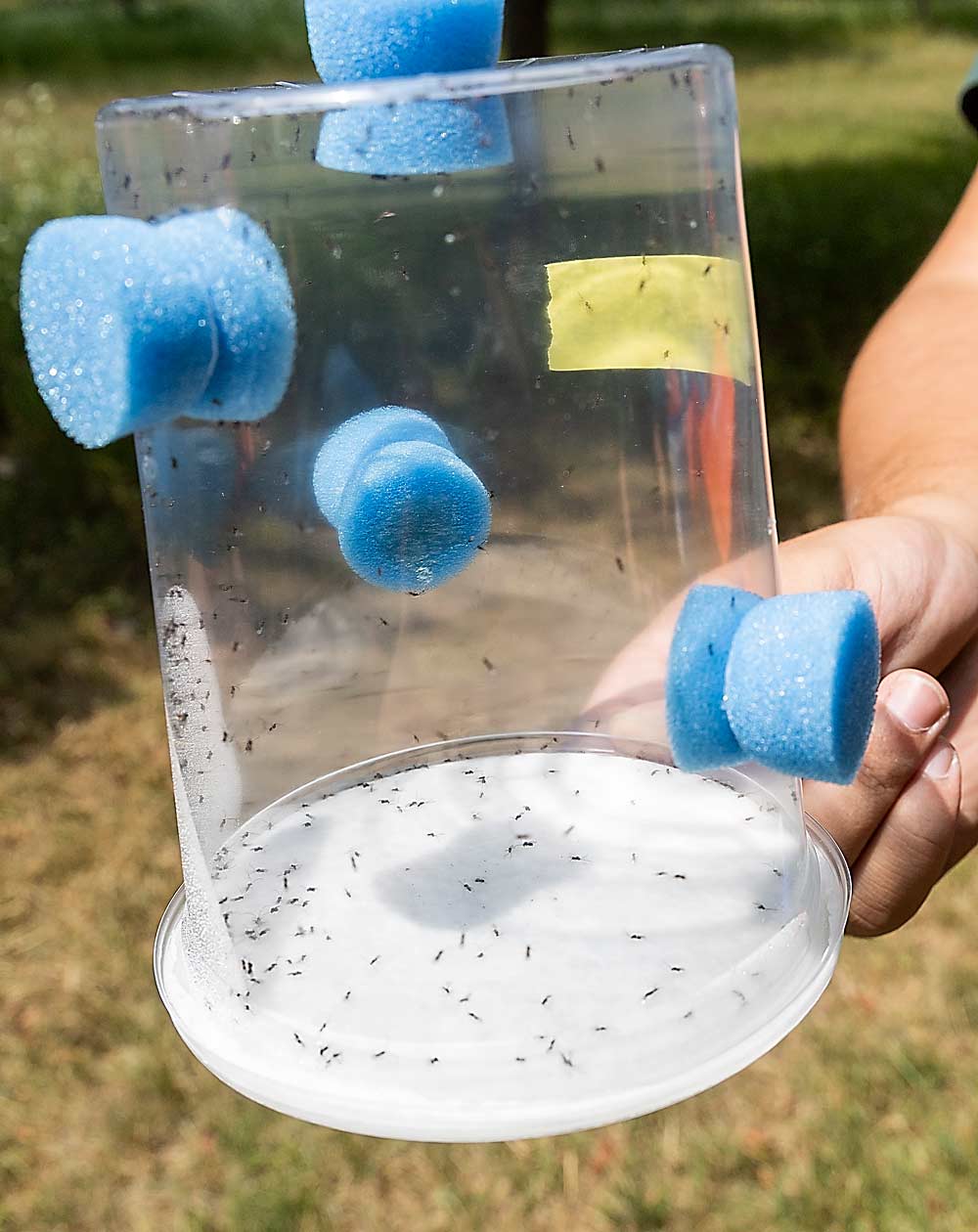
The fact that they’ve recovered wasps from even a few sites is a “big deal,” said MSU entomology professor Rufus Isaacs.
“It’s the first time we’ve been able to show the insect is making it through the life cycle and attacking SWD,” he said.
Andrew Jones, one of Wilson’s graduate students, studies the samba wasp’s ability to survive Michigan winters by placing wasps in underground containers. Less than half of the wasps survived the first winter, but the fact that any survived at all is a good sign, Wilson said.
The MSU studies are funded by a mix of federal, state and industry sources, she said.
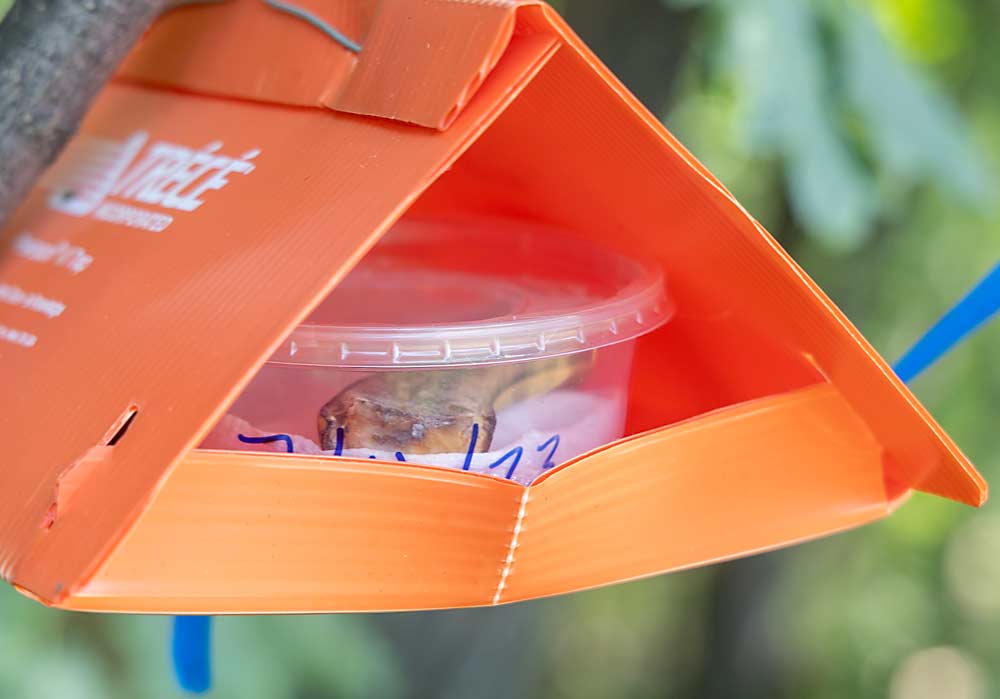
There are parasitoids and other biological controls native to North America, but none evolved to successfully prey on SWD. Other fruit flies feed on soft, rotting fruit, but spotted wing drosophila feeds on ripening fruit with intact skin. SWD’s native enemies in Asia evolved to lay eggs in ripening fruit, allowing them to successfully parasitize SWD larvae, said Kent Daane, a cooperative extension specialist with the University of California, Berkeley.
Daane has studied SWD since it first appeared in North America nearly two decades ago. He was a member of the research teams that visited China, South Korea and Japan seeking SWD’s natural enemies. They found several candidates and brought them back to quarantine facilities in the United States. The samba and ronin wasps rose to the top as potential parasitoids and appeared to work even better in tandem.
The researchers spent a few years studying the wasps and seeking government approval to release them. During that process, both species were found in the wild in Canada and the United States.
Samba wasps have been found in the wild in Washington state, and research entomologists have released them at cherry and berry farms up and down the West Coast. Some samba wasps have been recovered, said Jana Lee, a U.S. Department of Agriculture research entomologist in Corvallis, Oregon.
“I don’t think we will see a big impact on SWD just yet, but I think we will at some point,” she said.
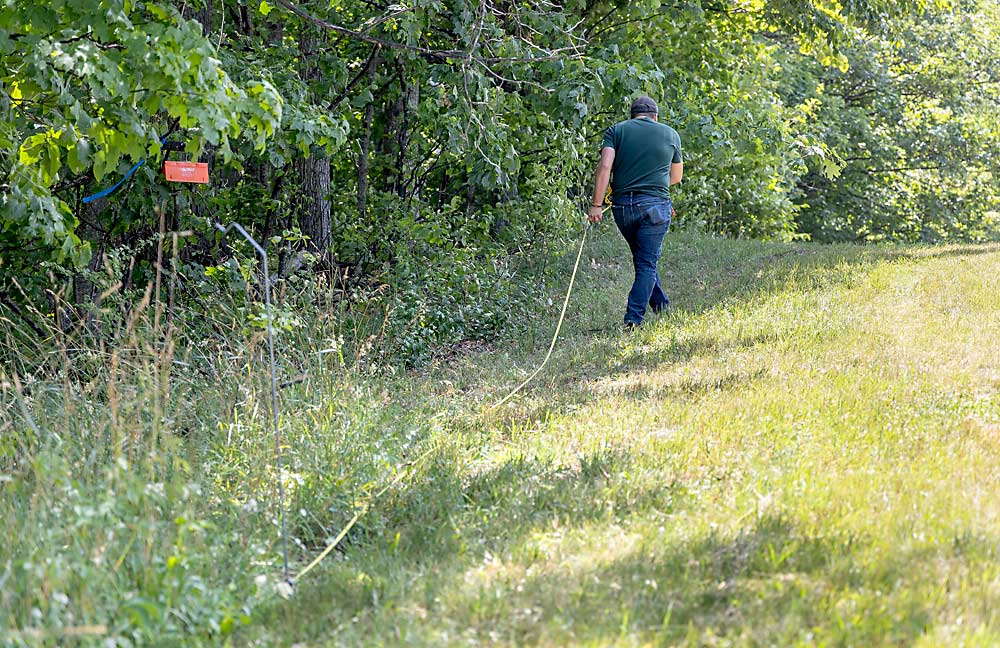
California researchers have recovered some samba wasps after releases in the Salinas area, “but not in numbers we’re excited about,” Daane said.
Wild ronin wasps have been found in Oregon, but not yet in California. If and when Daane and other researchers find the ronin wasp in their state, they’ll request permission from the state government to rear and release more near commercial berry and cherry farms.
“We’re sampling near the Oregon border,” Daane said. “As soon as it’s in the state, we’ll know it.”
The crucial time and place for optimum SWD biocontrol is early in the season, in the woodlots, riparian areas and patches of wild fruit where the invasive fruit fly likes to overwinter and build up its populations.
“Our objective is to get the parasitoids established in these refuge areas outside of the crop, to lower overall SWD numbers so there’s less pest pressure as the season starts,” Daane said.
The MSU researchers have collected wild fruit from more than 200 Michigan sites. They found a few samba wasps among patches of elderberry, blackberry, raspberry and honeysuckle, but they found a much higher number of ronin wasps, which got to Michigan on their own and are starting to parasitize SWD, Isaacs said.
“We expect this to reduce the big SWD outbreaks later in the season,” he said.
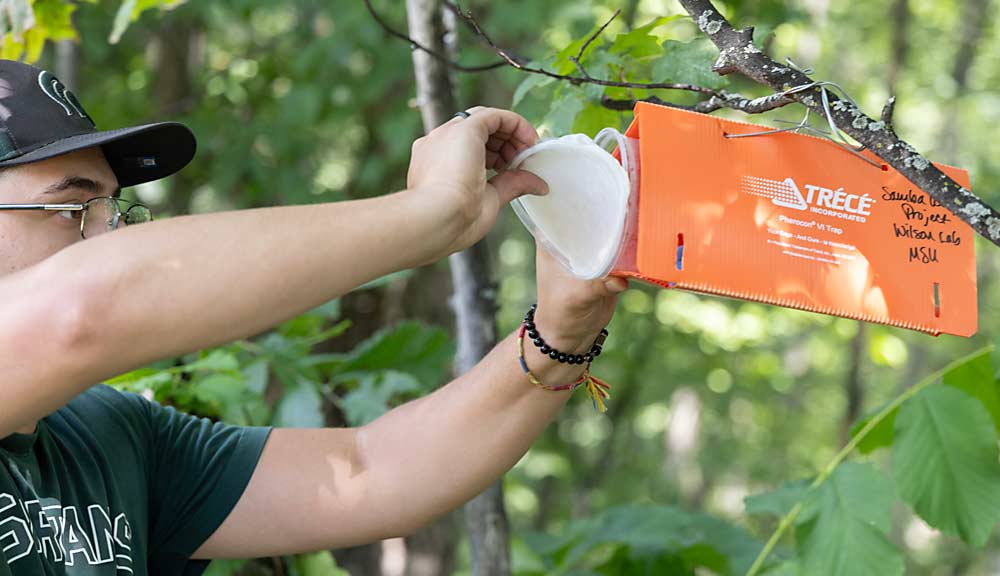
—by Matt Milkovich

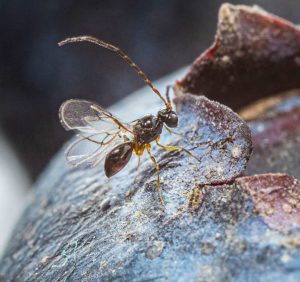
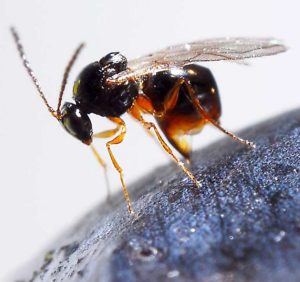
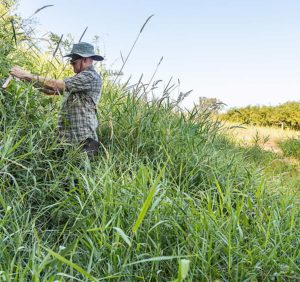





Leave A Comment